A huge solar storm is coming – is Earth prepared for the challenge?
Scientists are using artificial intelligence to better predict what the sun will do and give Earth more warning to protect satellites and electronics.
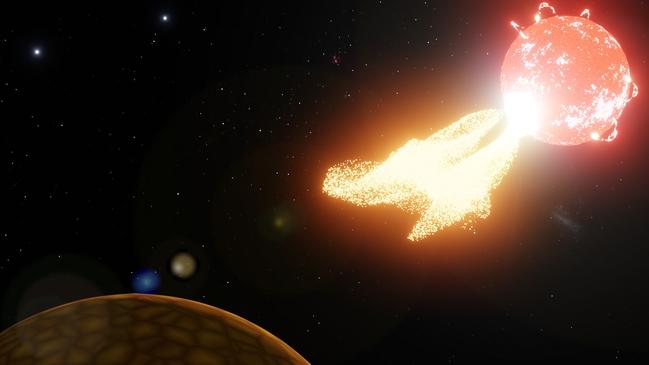
One day, you wake up and the power is out. You try to get information on your phone, and you have no internet access. Gradually you discover millions of people across the globe are in the same situation – one that will bring months or years of rebuilding.
The odds are low that in any given year a storm big enough to cause effects this widespread will happen. And the severity of those impacts will depend on many factors, including the state of our planet’s magnetic field on that day. But it’s a near certainty that some form of this catastrophe will happen someday, says Ian Cohen, a chief scientist who studies heliophysics at the Johns Hopkins Applied Physics Laboratory.
To get ahead of this threat, a loose federation of international government agencies, and hundreds of scientists affiliated with those bodies, have begun working on how to make predictions about what our sun might do. And a small but growing cadre of scientists argue that artificial intelligence will be an essential component of efforts to give us advance notice of such a storm.
The most dangerous of these solar storms is known as a coronal mass ejection, when a gargantuan blob of charged particles is catapulted from the sun’s atmosphere by rapidly shifting magnetic fields, at speeds more than 8000 that of sound. These happen often, but we’re rarely aware of them because they only affect us when they happen to strike earth.
What makes these huge blasts of particles so dangerous to our power grid and electronics is that, when they collide with Earth, the interaction of the sun’s magnetic field with our own can induce large currents in power lines on Earth. If you’ve ever moved a magnet back and forth across a copper wire to illuminate a lightbulb during a science experiment at school, this is the same effect – but on a global scale. A solar storm can induce currents in power lines that are strong enough to trip safety mechanisms – or even seriously damage parts of our power-distribution infrastructure.
And while the undersea fibre-optic cables for internet data don’t carry electricity, they do have electrical signal-repeaters within them. These repeaters boost the optical signal as it travels the length of the cable. If they’re disabled, the cable ceases to function.
Solar storms can also pose a threat for satellites in higher orbits around earth – such as the ones that make up our GPS system – by bringing a spike in so-called killer electrons that can damage and, in extreme cases, disable the satellites. Closer to Earth, solar storms can heat the atmosphere, causing it to expand in a way that increases drag, which can cause some satellites in lower orbits to crash to the surface. This happened in February last year, leading to the destruction of 40 Starlink satellites.
Solar storms have already struck again and again. In 1859, a now-legendary storm known as the Carrington Event hit, well before we built a civilisation dependent on electronic devices that it could wreck.
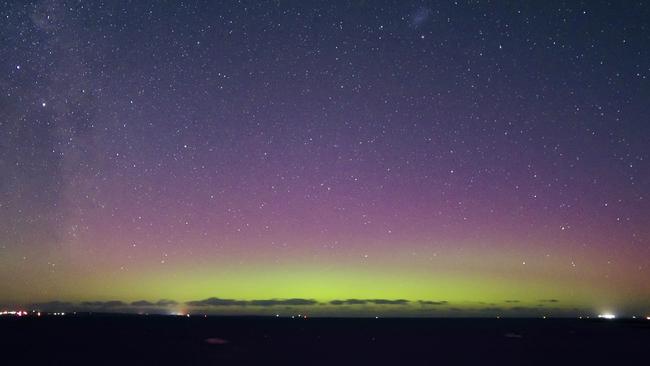
It caused auroras as far south as the Caribbean, made telegraph lines spark, caused fires at some telegraph stations, and shut down parts of the telegraphy network in the northern hemisphere.
Estimates vary on how often large solar storms hit Earth. Research by Delores Knipp, a professor at the University of Colorado, suggests solar storms that could cause auroras visible at the same latitudes as the Carrington Event hit about once every 60 years. Cohen, on the other hand, estimates that a major storm hits Earth every 150 years or so. These differing estimates partly reflect the fact we don’t have a formal or even a very good definition of a “Carrington-class” solar storm.
However, it doesn’t take a storm of maximum intensity to do serious damage to infrastructure. In 1972, a solar storm caused as many as 4000 magnetically sensitive mines in the waters off Vietnam to detonate, briefly fooling a US Department of Defence satellite into thinking that the Russians had just set off a nuclear bomb. In 1989, a storm knocked out power in Quebec for nine hours. During vast eruptions known as coronal mass ejections, or CMEs, the sun hurls huge quantities of charged particles into space at once. On Earth, people could get as little as 15 minutes’ notice of a storm.
Satellites that orbit high above Earth in so-called geostationary orbit would be the first to feel the effects. In theory, they can be incapacitated by “killer electrons”, more common during certain kinds of solar storms. The electrons can penetrate satellites, and the resulting charge can build up, damaging electronics. Losing these satellites could cause worldwide disruption of GPS services.
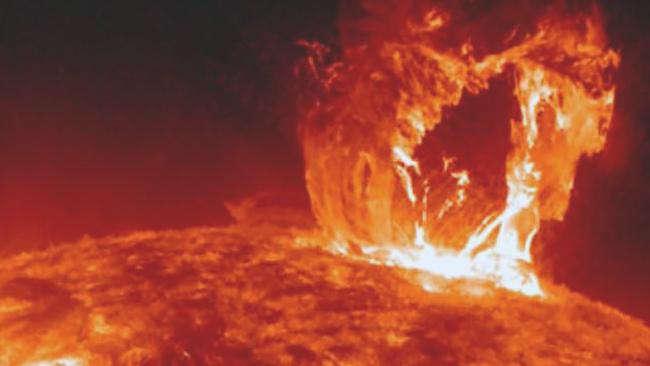
The International Space Station experiences more drag during solar storms and needs more adjustments to its orbit. Astronauts on the ISS are shielded from common kinds of radiation. During a solar storm, astronauts might get less of one kind that is usually unavoidable: cosmic rays. They are deflected by the charged particles from the sun.
Other satellites in low earth orbit (below an altitude of 2000km) face challenges of drag similar to the ISS, as particles from storms heat up Earth’s atmosphere, causing it to expand. The drag on these satellites could shorten their lives or, in extreme cases, send them tumbling towards Earth.
The undersea cables that carry most global internet traffic use fibre optics to transmit data and have conductive wires to deliver power to repeaters that boost the optical signal. The wires make cables vulnerable to being knocked out by large magnetic fluxes during solar storms – a prospect one researcher dubbed the “internet apocalypse”.
During the most powerful storms, a huge flux of magnetic energy sweeps across Earth. This magnetic flux can induce currents in long-distance power lines, which can trip safety mechanisms meant to keep the grid from being overwhelmed. In the worst case, these fluxes could even damage the grid itself.
We are entering a period of peak activity for our sun – the apex of its 11-year cycle will occur mid next year – that has already proved to be more violent than the solar cycles of the past three decades. Just as the Earth has hurricane seasons, it’s fair to say that we are entering a solar-storm season. When it comes to the next big one, “I don’t think we’re going to get knocked back into the Stone Age, but there are significant events that could occur,” Cohen says. “We have to be ready.”
At present, no warning system is capable of giving us more than a few hours’ notice of a devastating solar storm. If it’s moving fast enough, it could be much less. The most useful sentinel – a sun-orbiting satellite launched in 2015 – is much closer to Earth than the sun, so that by the time a fast-moving storm crosses its path, an hour or less is all the warning we get.
The European Space Agency has proposed a system to help give earlier warning by putting a satellite dubbed Vigil into orbit around the sun. It could potentially give us up to five hours of warning about an incoming solar storm – enough time to do the main thing that can help preserve electronics: switch them all off.
But what if there were a way to predict this better, by analysing the data we’ve got? That’s the idea behind a new AI-powered model recently unveiled by scientists at the Frontier Development Lab – a public-private partnership that includes NASA, the US Geological Survey, and the US Department of Energy. The model uses deep learning to examine the flow of the solar wind, the usually calm stream of particles flowing outward from our sun and through the solar system to well beyond the orbit of Pluto.
Using observations of that solar wind, the model can predict the “geomagnetic disturbance” an incoming solar storm observed by sun-orbiting satellites would cause at any given point on Earth, the researchers involved say. This model can predict just how big the flux of the Earth’s magnetic field will be when the solar storm arrives, and thus how big the induced currents in power lines and undersea internet cables will be. Research into how AI can be used to better predict the impacts of solar storms is still at an early stage, in part because the entire field of space weather is new, says Enrico Camporeale, a scientist at the University of
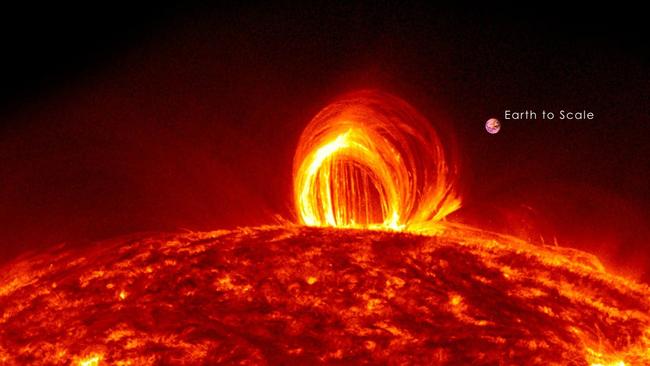
Colorado who is affiliated with the Space Weather Prediction Center, the US government body responsible for predicting weather in space.
Building AI-based systems to predict space weather requires lots of good data, gathered continuously, at high spatial and temporal resolution. Accomplishing that with our current sun-observing tools is a challenge because most of the satellites and ground-based sensors we have that observe the sun are science experiments, not intended to be used as part of an early-warning system, says Tom Schad, an astronomer with the National Solar Observatory.
Continuous observation of the sun, of the sort that could gather the volumes of data needed to build all kinds of predictive models, is coming. The Inouye Solar Telescope, where Schad works, was built atop Haleakal, the active shield volcano that forms most of the island of Maui. It started in 2021 and is the world’s most powerful telescope for continuously observing the sun. That same year, NASA’s Parker Solar Probe penetrated the sun’s corona – the million-degree hellscape where solar storms are born.
Last year, the Parker Probe flew through a coronal mass ejection. Results from that encounter showed it to be just as violent as the 1859 Carrington Event – though fortunately it was on the other side of the sun from the Earth. Further key data will be gathered by other systems in space, including the ESA’s Vigil craft and NASA’s follow-up to its ageing solar-observation satellite, and on Earth in the form of projects like the Coronal Solar Magnetism Observatory, planned for Colorado.
Already, the first primitive ancestor of future AI-based solar-weather alert systems is live. The DstLive system, which debuted on the web in last December, uses machine learning to take data about the state of Earth’s magnetic field and the solar wind and translate both into a single measure for the entire planet. Think of it as the Richter scale, but for solar storms. This number is intended to give us an idea of how intense a storm’s impact will be on earth, an hour to six hours in advance.
Unfortunately, we may not know how useful such systems are until we live through a major event. But many of the scientists working on better understanding such storms are collectively trying to convince the world that preparation is in our best interest, and early prediction is essential to that.
Soon, Cohen’s the Applied Physics Lab will host a “tabletop exercise” to simulate a major solar storm hitting earth. It will bring together government agencies and outside parties, allowing them to see how well they can handle such a catastrophe. It’s the same kind of exercise that generals conduct when playing war games to determine who would win, say, a battle over Taiwan. In some ways, the stakes may be even higher.


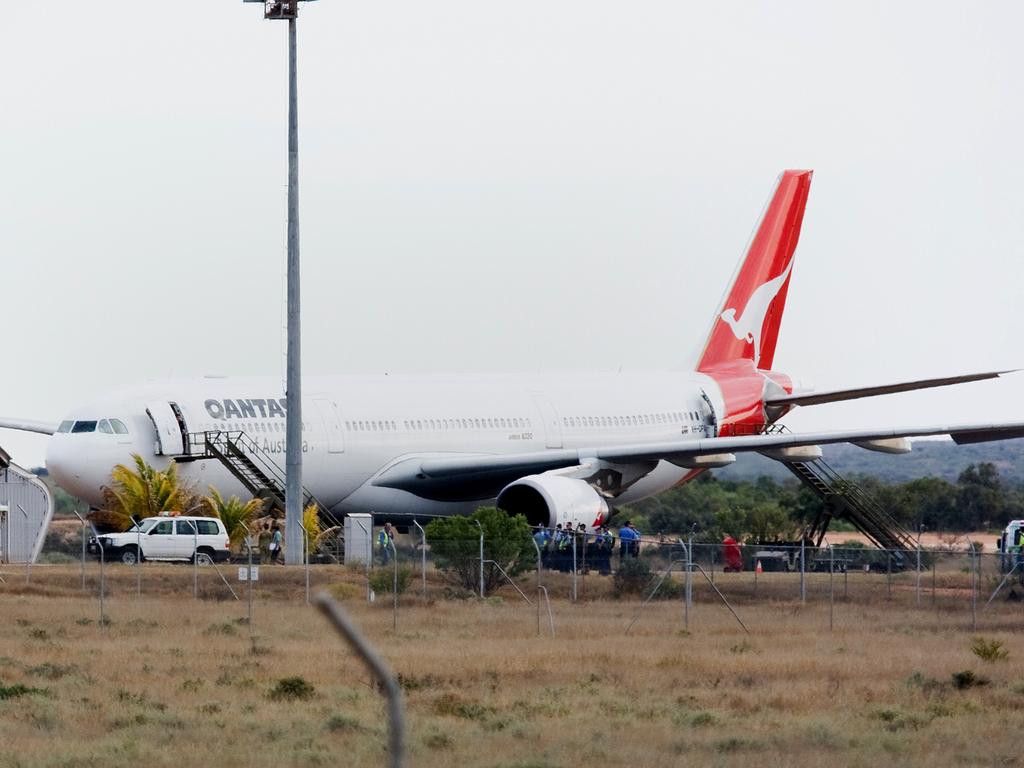


To join the conversation, please log in. Don't have an account? Register
Join the conversation, you are commenting as Logout